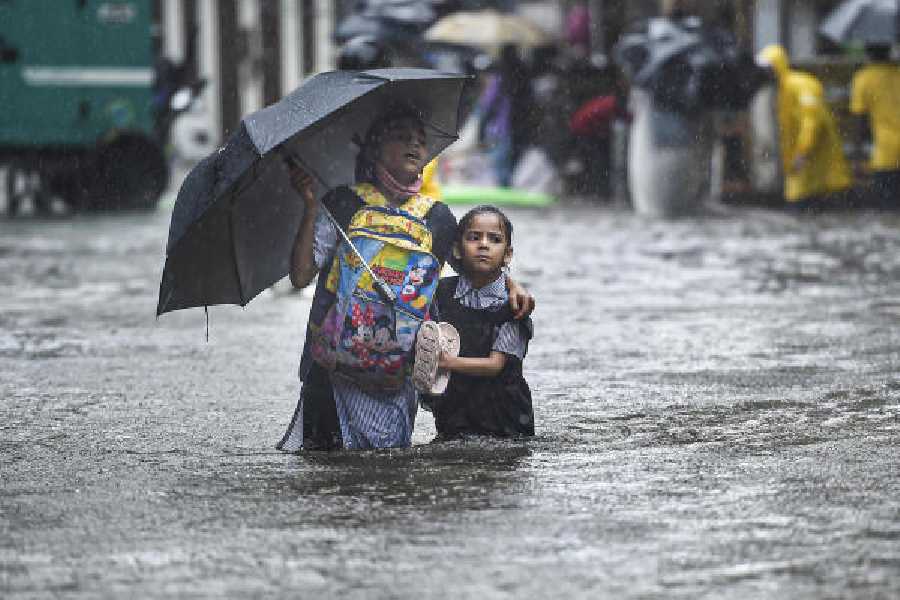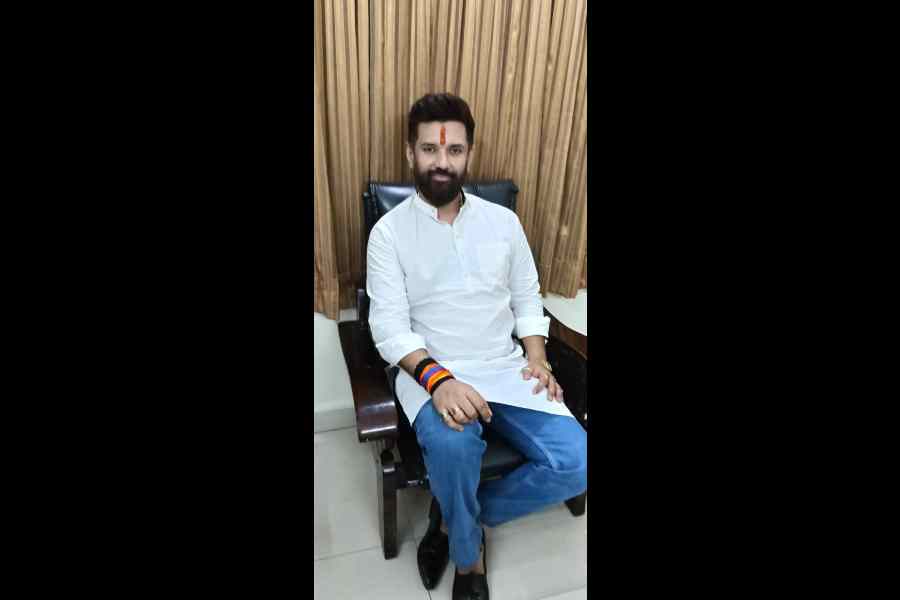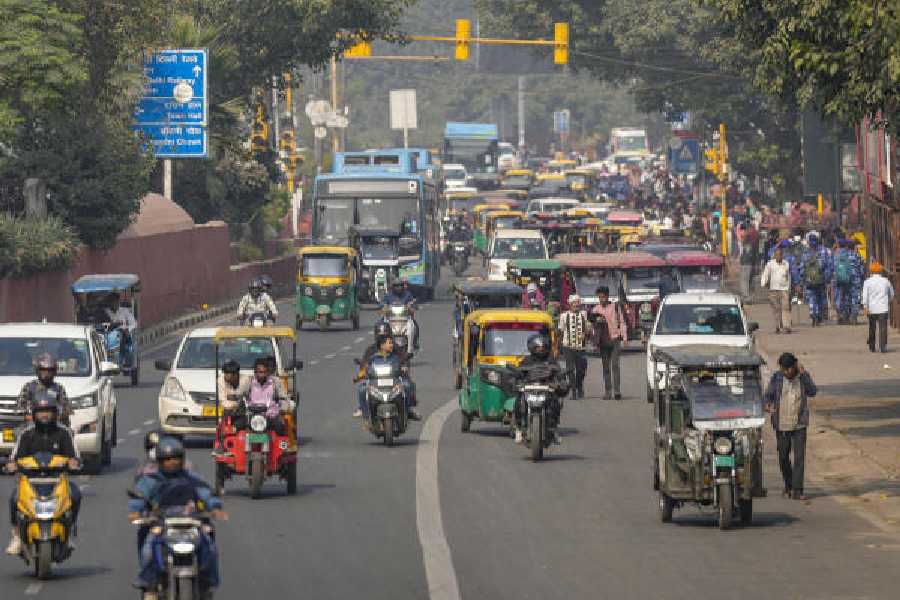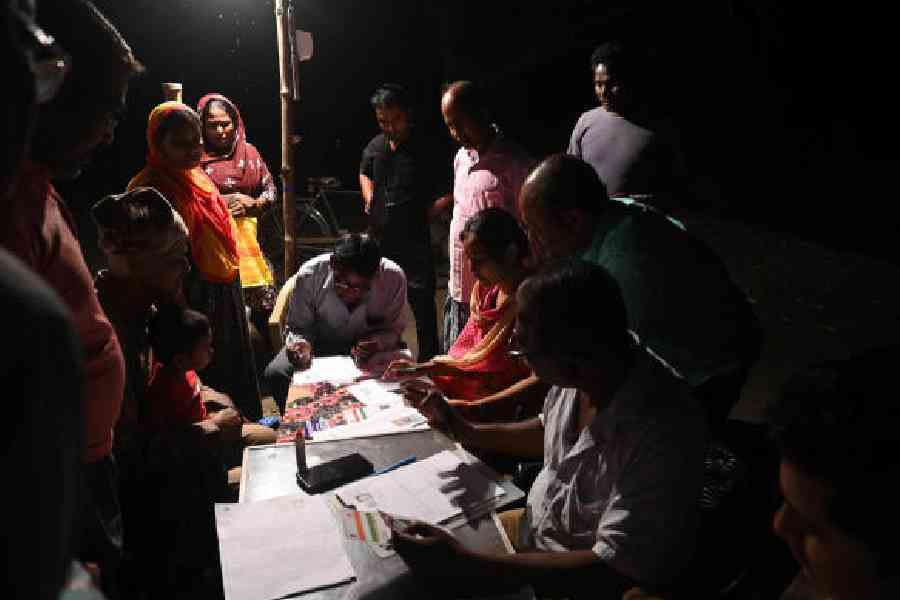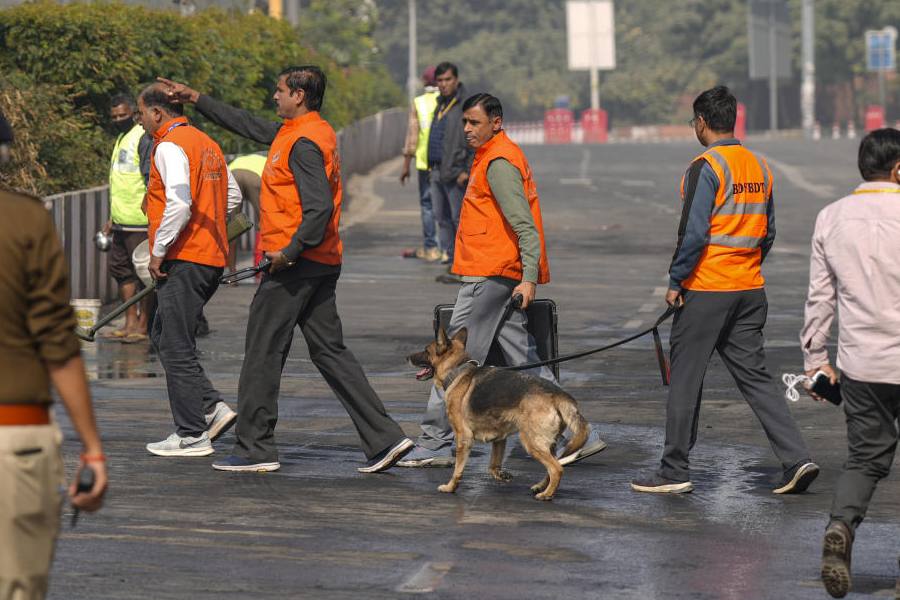Monsoon rains claim around 2,500 lives in Mumbai each year through direct and indirect effects, with excess mortality persisting for at least five weeks after an episode of near-extreme rainfall, researchers have reported.
The researchers who measured excess mortality during the rainy season in the coastal megacity and India’s financial hub have also found that the hardest hit are children under five years and populations living in slum settlements.
The magnitudes of excess mortality — between 2,308 and 2,718 lives lost in each year’s monsoon season over 10 years — are comparable to the city’s deaths from all cancers over the same time period, their study has shown.
A single day with at least 150mm rainfall over 24 hours causes a 2.2 per cent increase in five-week mortality, relative to a day with zero rainfall, the study found. The distribution of excess mortality is roughly equal during the week of the rainfall episode and the subsequent four weeks.
The persistence of excess deaths over weeks suggests that beyond immediate causes like drowning, electrocution or accidents, rainfall adds to deaths from flood-related diseases such as dengue, diarrhoea, leptospirosis, malaria and typhoid.
“Clogged or inadequate drainage networks lead to the accumulation of water, and stagnant water creates conditions conducive to rainy season illnesses,” Archana Patankar, a climate science economist and a study team member in Mumbai, told The Telegraph.
Patankar and collaborators Thomas Bearpark at Princeton University and Ashwin Rode at the University of Chicago used Mumbai’s municipal death records alongside rainfall data for their study published in the journal Nature on Wednesday.
The rain-linked increased mortality risk was highest among children under 5 (5.2 per cent), relative to adults, and higher in women (3.1 per cent) than in men (1.5 per cent). Over 80 per cent of the excess deaths occurred among people in slum settlements.
Their study recasts rainfall in Mumbai as “not just an infrastructure challenge but also a pressing public health crisis shaped by inequity”, Subimal Ghosh, a faculty member at the Centre for Climate Studies at the Indian Institute of Technology, Mumbai, wrote in a commentary in the same issue of Nature.
“They have shown the effects last for at least five weeks — what happens if there are two near-extreme rain episodes within five weeks? This is a potential subject for future research,” Ghosh told this newspaper.
The researchers say their findings point to potentially large benefits of protective investments designed to break the links between rainfall and flooding and between flooding and mortality, especially for vulnerable groups.
Improved drainage and infrastructure could help break the link between rainfall and flooding, while early warning systems, improved sanitation, and healthcare readiness could break the link between flooding and mortality, said Patankar.
The study has also found that the risk of excess death increases sharply during high tides, a pattern that the researchers say underscores how rising sea levels under climate change could amplify rainfall-induced mortality.
The insights from Mumbai could offer valuable lessons in addressing the health and infrastructure challenges in other coastal megacities across the world that also face extreme rainfall episodes and the threat of sea-level rise, the researchers said.
Mumbai frequently receives extreme rainfall — defined as 204mm or more over 24 hours — during the four-month rainy season from June through September. The city experienced at least 15 episodes with 300mm or more rainfall between 1980 and 2020, with the highest 944mm on July 26, 2005.
The study found an elevated mortality risk even after 50mm of rainfall.

